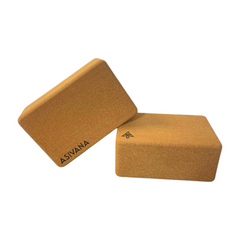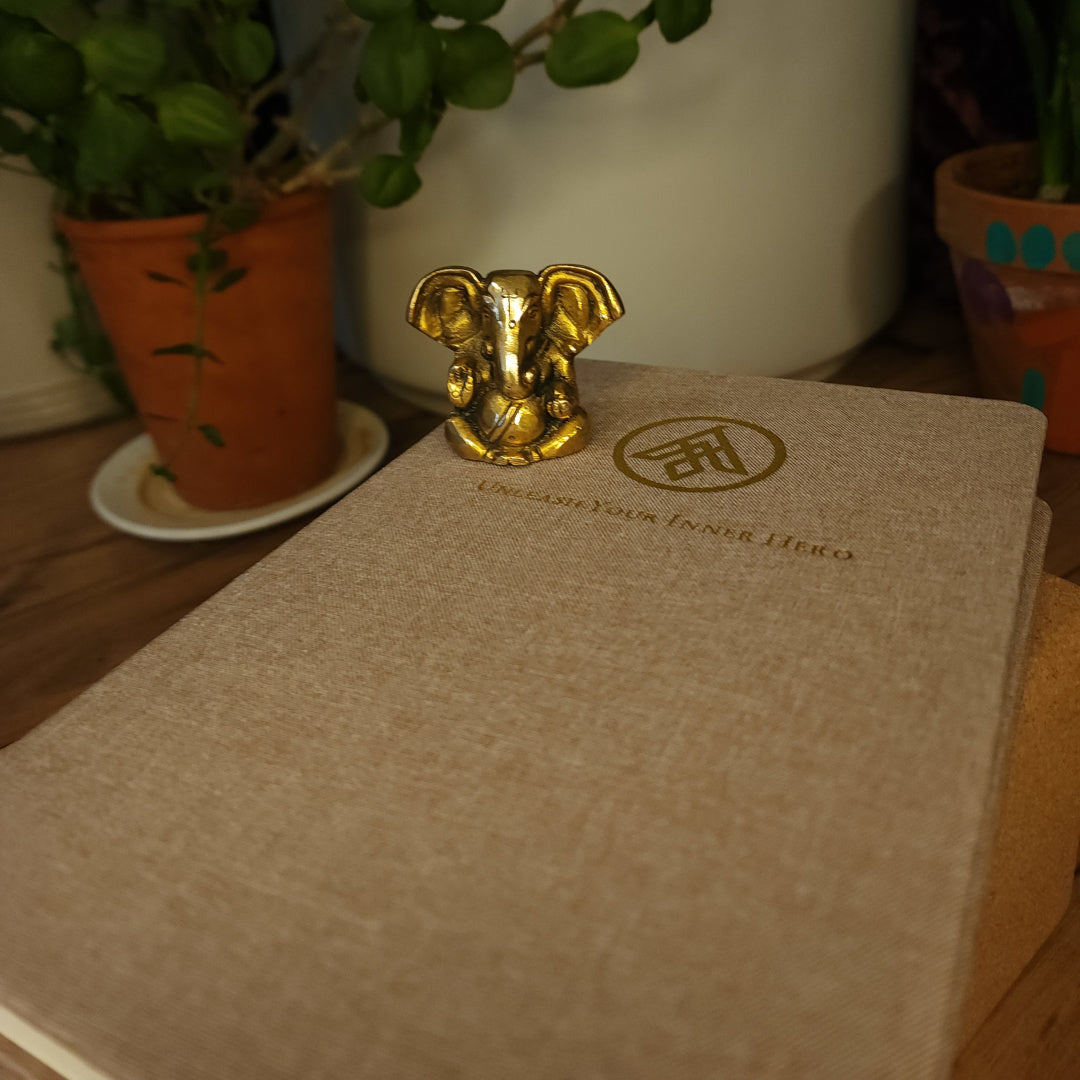Manas (Sensory Mind)
Jack UtermoehlShare
Manas is a Sanskrit term meaning “mind” in the sense of the sensory processor and coordinator.
In yogic and Vedantic philosophy, manas refers to the part of the inner instrument (antahkarana) that receives sensory impressions, forms doubts, and manages the flow of thoughts.
It acts as the bridge between the external senses and the higher faculties—buddhi (intellect), ahamkara (ego), and citta (memory).
Etymology and Meaning
Sanskrit Spelling: मनस्
Root Word: "Man" (to think, to perceive)
Translation Variations: Mind, sense-mind, coordinating thought, mental processor
Pronunciation: Manas [MAH-nahs]
Manas collects and responds to the input of the senses, but it lacks the power to discern. It’s like a central switchboard, passing along information but not deciding what it means. That’s the job of buddhi (intellect).
Manas in Yogic and Spiritual Philosophy
In Samkhya: Manas is part of the inner psychic system, receiving impressions from the senses and handing them off to buddhi for judgment.
In Yoga: Controlling manas is essential to stilling the fluctuations of the mind (chitta vritti nirodha).
In Vedanta: Manas is subtle but changeable—easily disturbed by emotion, desire, or fear unless guided by a steady intellect.
Manas is also associated with doubt, hesitation, and internal questioning. It’s reactive and impressionable, but with practice, it can become quiet and receptive to higher guidance.
Symbolism and Elements
Color: Gray or silver, representing neutrality and receptivity
Element: Air—changeable, fast-moving, connecting
Chakra: Influences the entire subtle body but often linked to the third eye (ajna) when integrated with buddhi
Mantra: So Ham – a natural breath-based mantra that quiets manas through awareness
Yoga Essentials for Your Practice
Support your yoga journey with high-quality, sustainable props designed for comfort and stability.

Crafted from eco-friendly cork for durability and a comfortable practice.
$24
Shop Now
Includes everything you need to get started: a mat, blocks, and a yoga strap.
$120
Shop NowPractical Application
In Yoga Practice
- Use breath awareness to calm the reactivity of manas
- Balance sensory input—reduce overstimulation from screens, noise, and clutter
- Practice pratyahara (sense withdrawal) to shift awareness inward
In Daily Life
- Notice when you're reacting impulsively or getting lost in indecision
- Give yourself space between stimulus and response to allow buddhi to guide
- Rest the mind through nature, silence, and digital breaks
Quotes and Wisdom
"The mind is a wonderful servant but a terrible master." — Unknown
"Manas is like the wind—it can scatter you or carry you home."
Modern Relevance
In our overstimulated world, manas is often overloaded with sensory data, leaving people distracted, restless, or indecisive.
Yoga teaches that when manas is calmed, it can serve as a clear channel between the outer world and inner wisdom.
Strengthening the relationship between manas and buddhi allows for more conscious, skillful living.
Related Concepts
Buddhi: Intellect—the discerning faculty that guides manas
Ahamkara: Ego—the "I-maker" that often influences how manas interprets input
Citta: Memory—the storehouse that manas often pulls from
How to Work with Manas
Mindset: Cultivate awareness without judgment—notice what your senses are telling you
Actions: Reduce distractions, simplify routines, and schedule time for quiet
Reflection: Ask, “What am I reacting to? Can I pause and observe instead?”
Suggested Reading
- The Yoga Sutras of Patanjali
- The Heart of Yoga by T.K.V. Desikachar
- Jnana Yoga by Swami Vivekananda
Conclusion
Manas, the sensory mind, plays a vital coordinating role in how we experience the world.
When trained through practice and awareness, it becomes less reactive and more reflective—opening the path to wisdom, peace, and self-realization.






